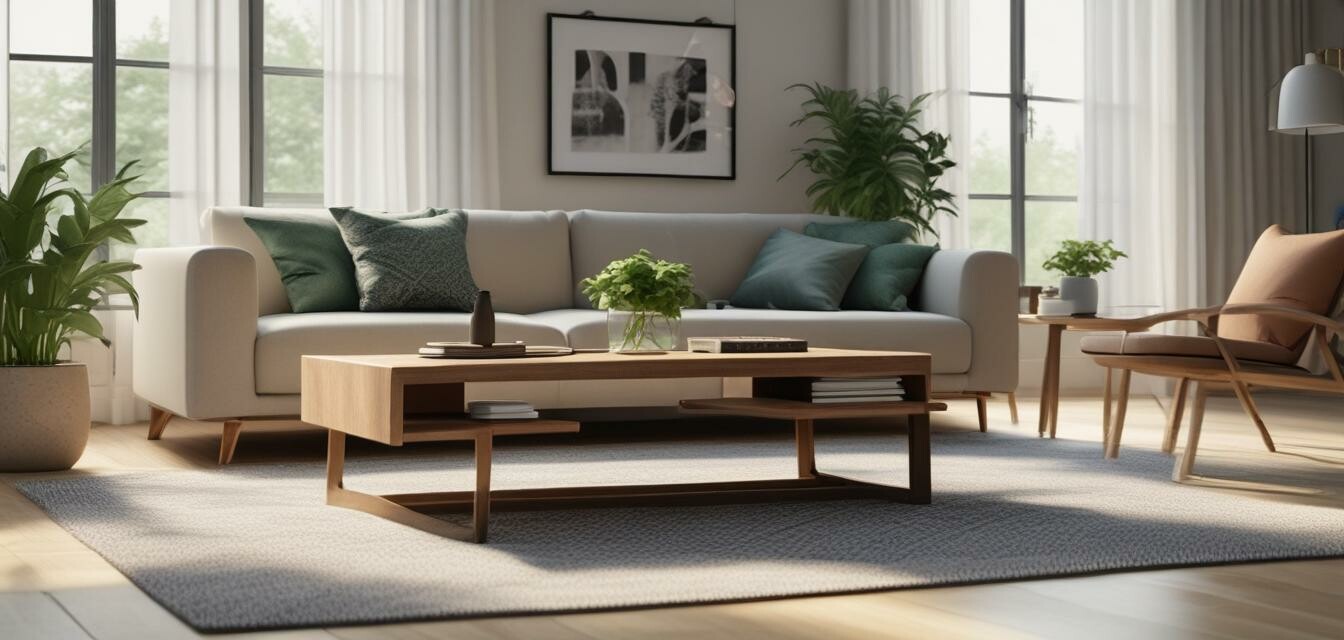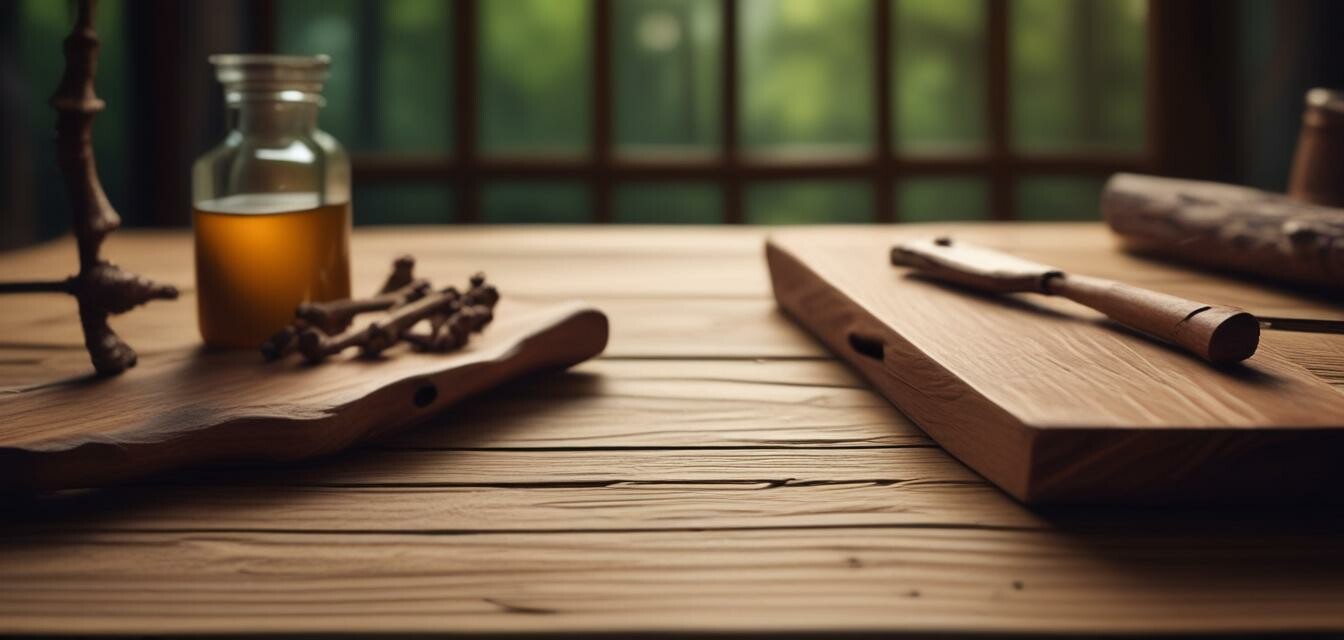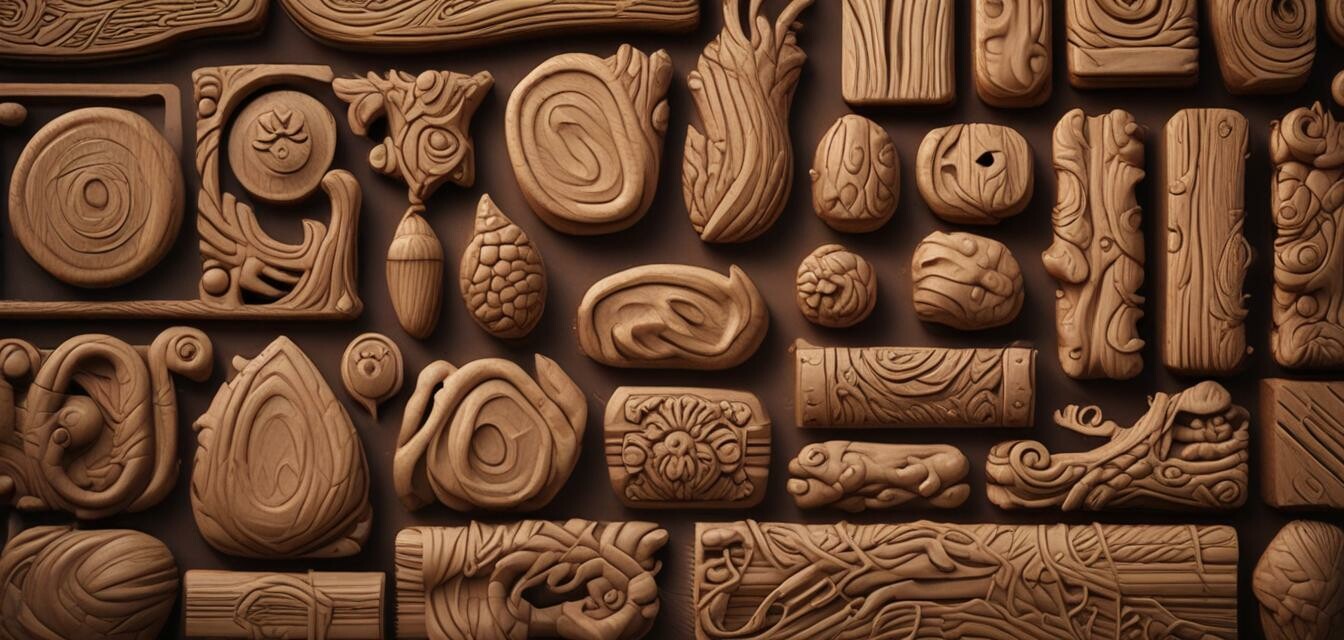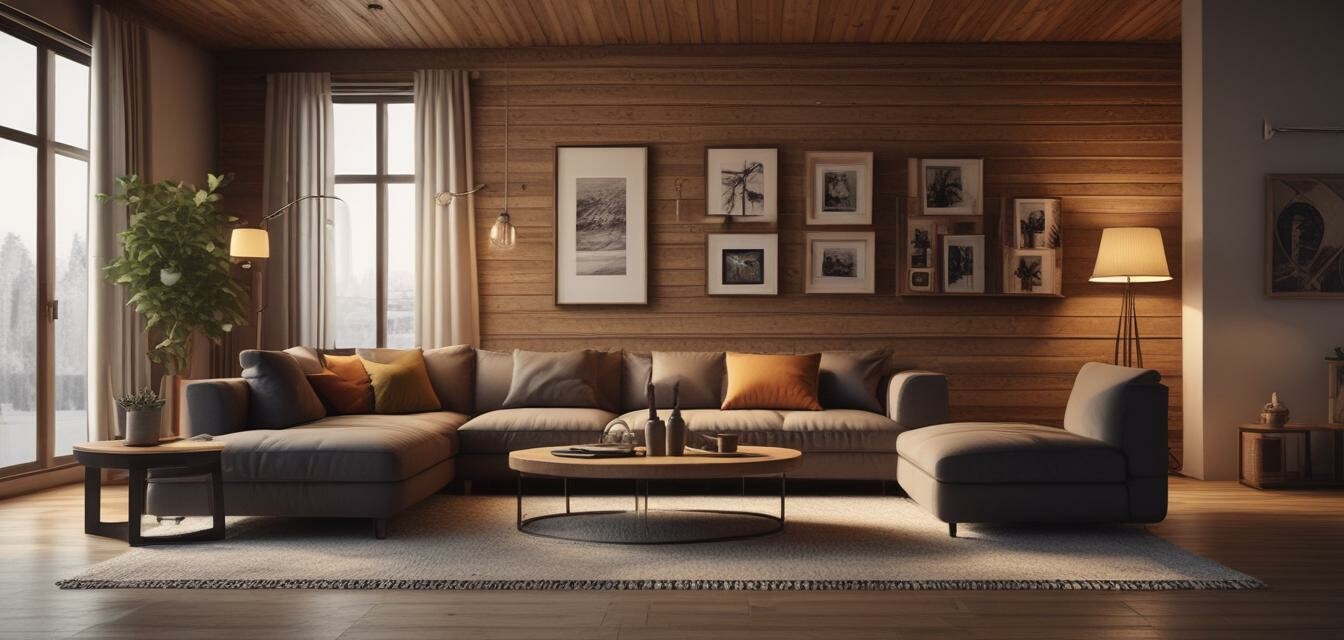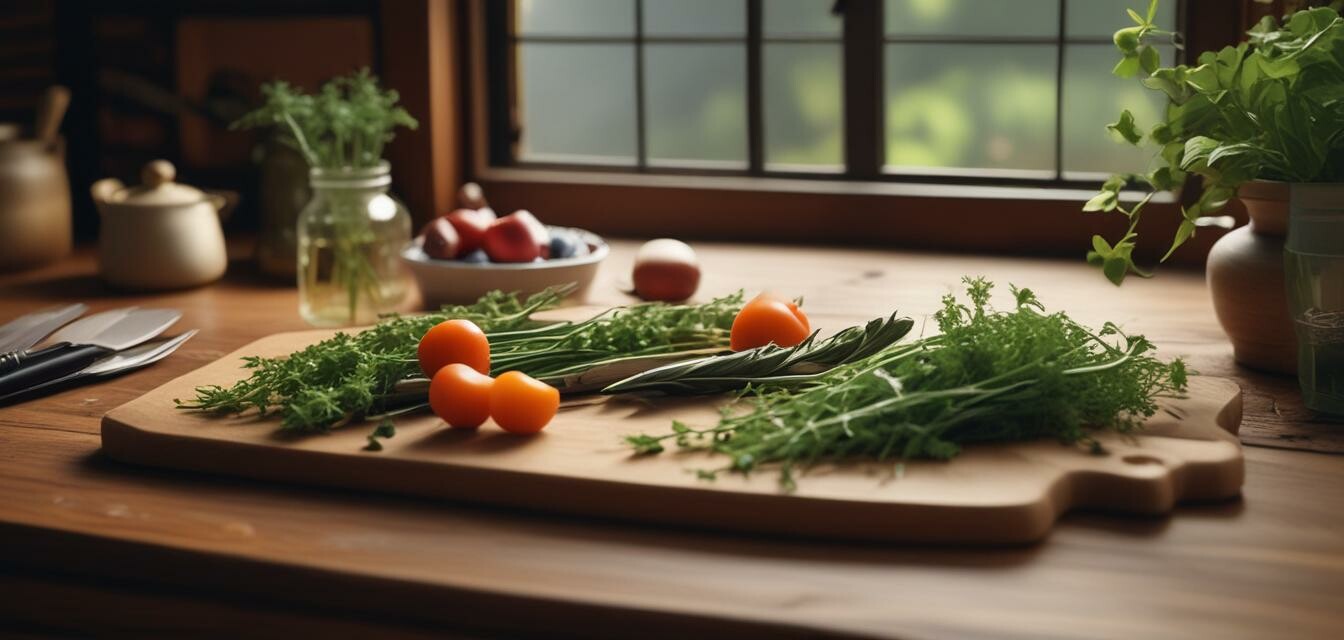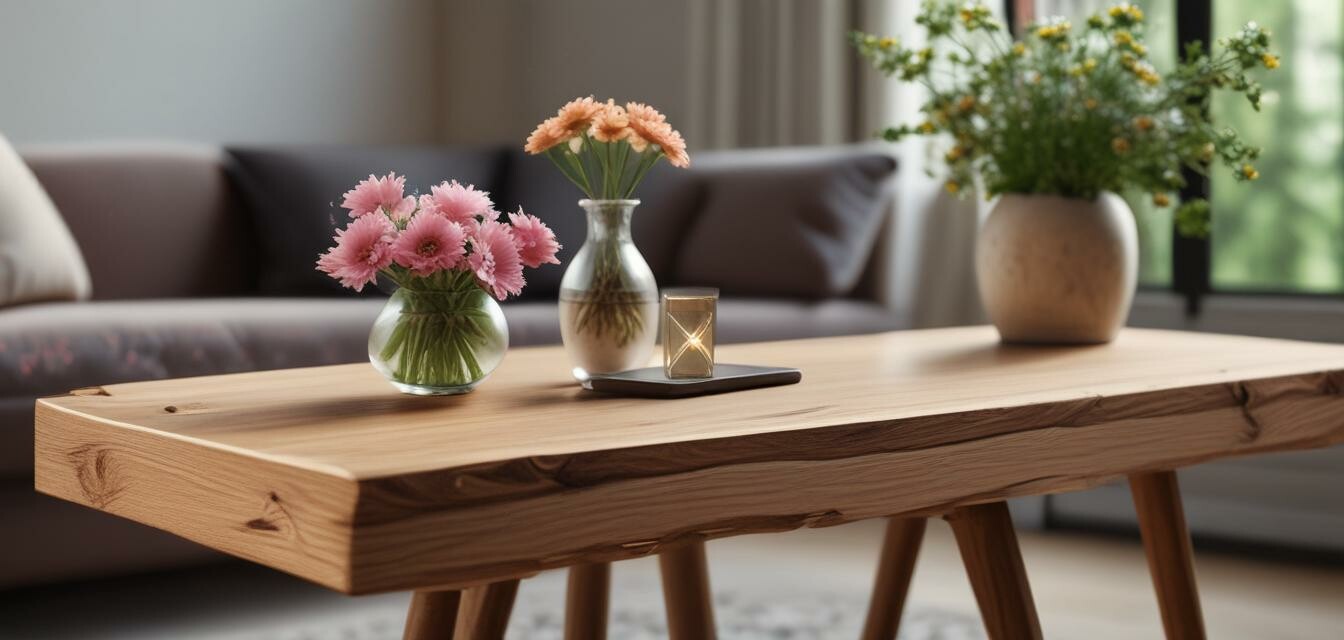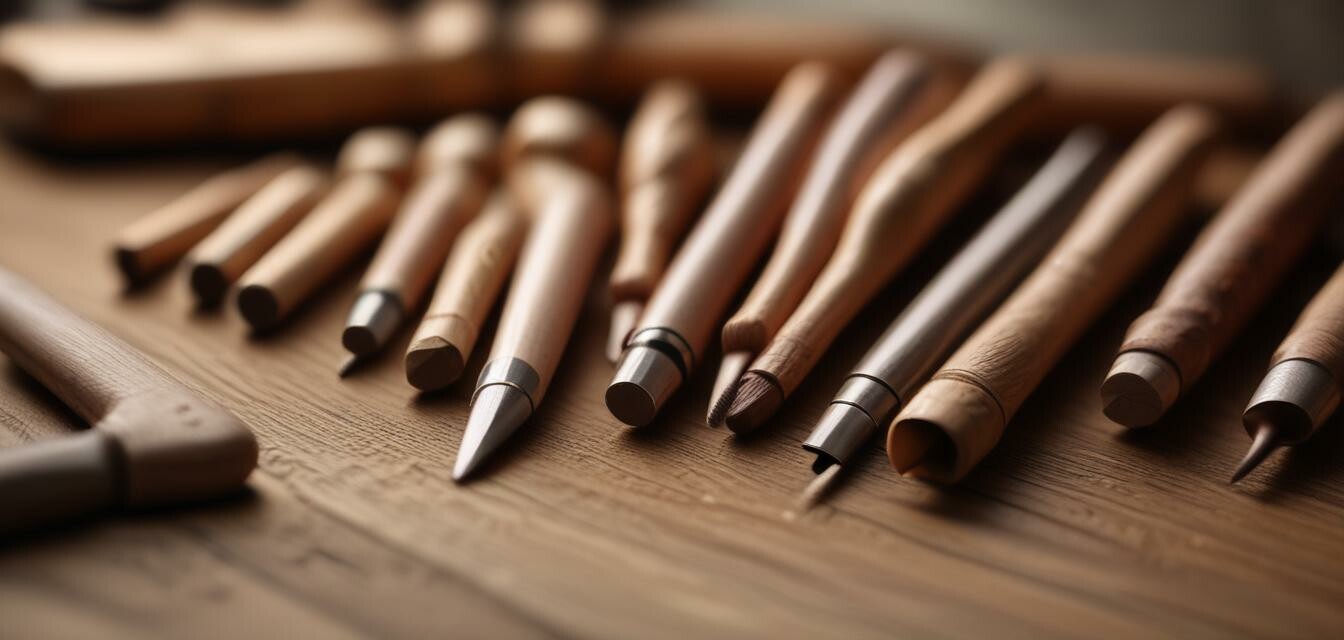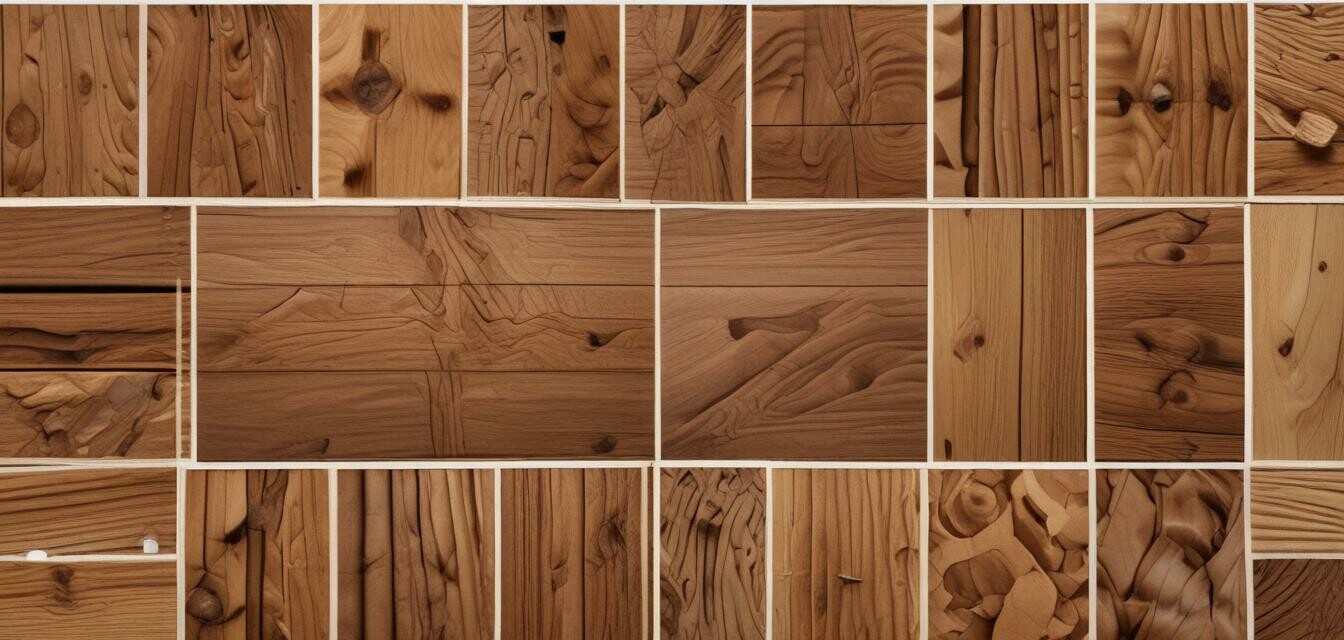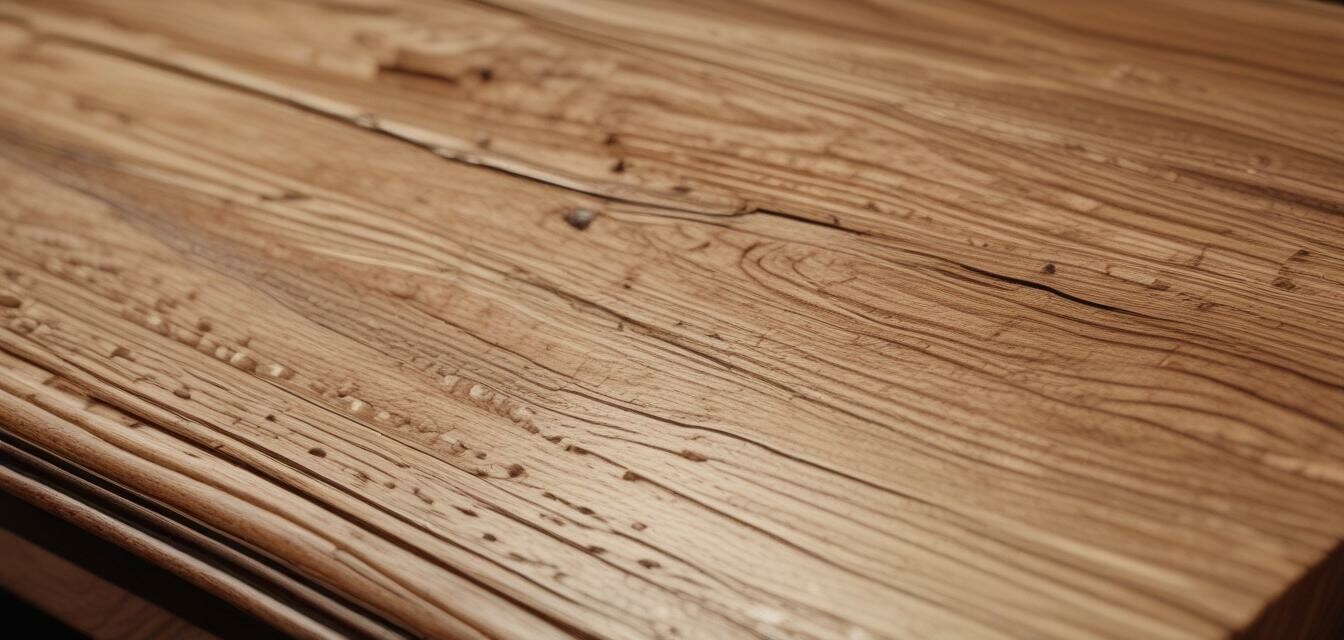
Trends in Wood Design
Stay updated with the latest trends in wood design. Discover popular styles, innovations, and emerging design concepts that are shaping the world of wood products in home decor and furniture.
Key Takeaways
- Natural wood continues to gain popularity in both home decor and furniture.
- Innovations in wood finishing and treatment enhance sustainability.
- Minimalist designs are trending alongside rustic aesthetics.
- Emphasis on craftsmanship and detailed design adds character to wooden products.
Current trends in wood design
The world of wood design is continuously evolving, reflecting popular styles and technological advancements. Here are some key trends that define modern wood design:
1. Sustainable materials and practices
With a growing emphasis on sustainability, many designers are adopting eco-friendly practices and materials. This includes using reclaimed wood, responsibly sourced timber, and finishing products that minimize environmental impact.
2. Minimalism and functionality
Minimalist design focuses on simplicity and functionality, stripping back unnecessary embellishments. This approach allows the natural beauty of the wood to shine through in the design.
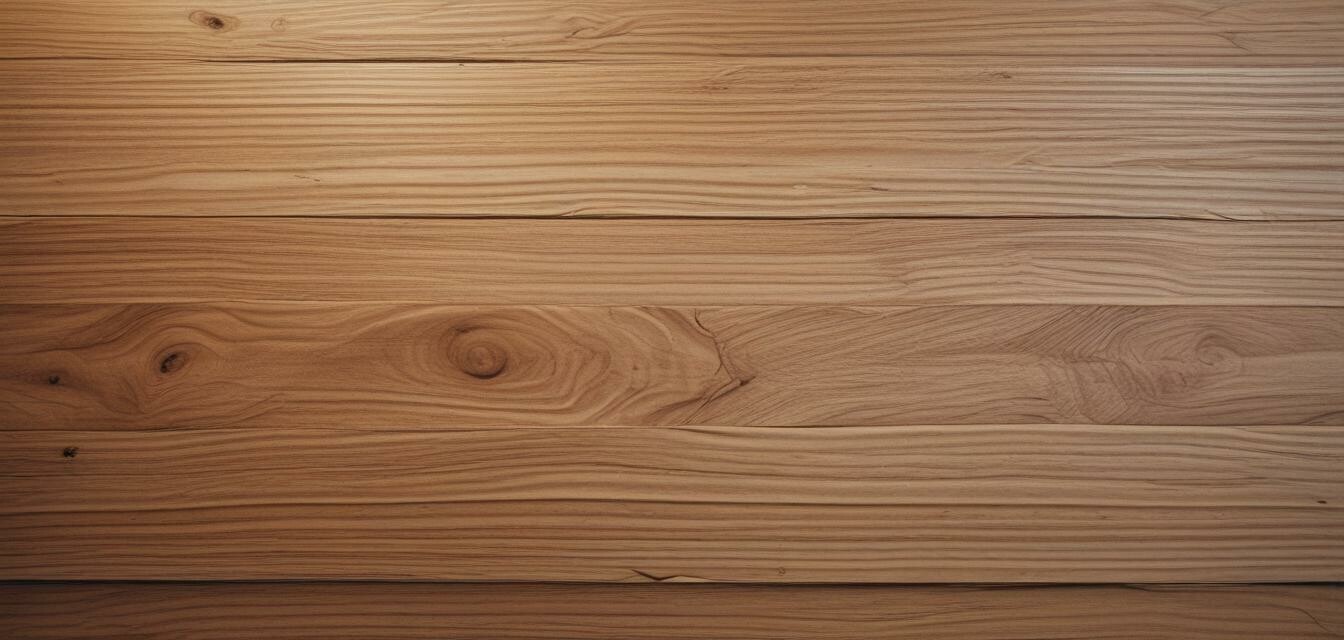
3. Rustic and organic styles
Rustic designs maintain a connection to nature, utilizing rougher textures and organic shapes. These pieces often incorporate imperfections, adding to their charm and uniqueness.
4. Innovative finishes
Emerging treatments are transforming the way wood is perceived. Modern wood finishing products enhance durability while preserving the natural aesthetics of the wood.
| Wood Finishing Product | Type | Benefits |
|---|---|---|
| Oil Finishes | Natural | Enhances grain, easy to repair |
| Lacquer | Synthetic | Durable, quick-drying finish |
| Water-based Finishes | Eco-Friendly | Non-toxic, low odor |
Popular wood species in design
Different wood species bring unique characteristics and aesthetics to design. Here are some of the most popular choices:
- Walnut: Rich color and prominent grain patterns.
- Oak: Durability and versatility, commonly used in furniture.
- Maple: Light color and smooth finish, ideal for kitchenware.
- Pine: Affordable and widely available with a rustic feel.
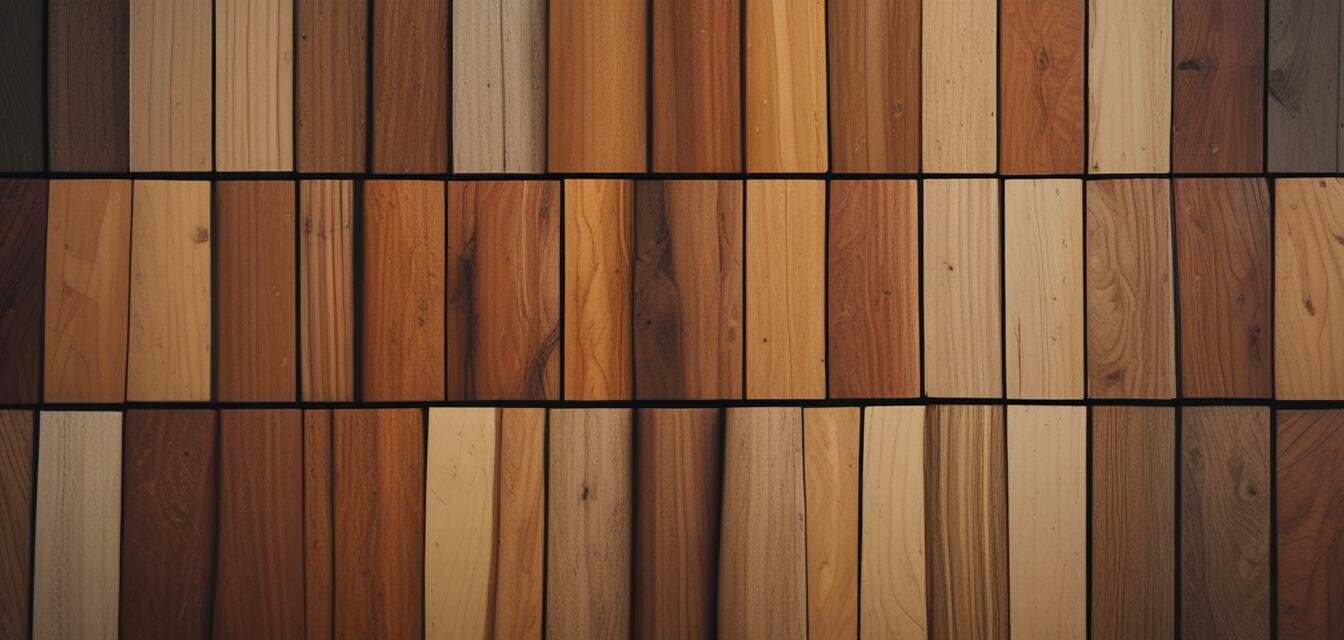
Emerging design concepts
As designers innovate, new concepts are emerging that blend traditional craftsmanship with modern techniques. Here are a few notable ideas:
1. Mixed materials
Combining wood with materials like metal, glass, or stone creates unique designs that enhance the overall aesthetic appeal.
2. Modular furniture
Flexibility and adaptability are key in contemporary living spaces. Modular designs offer practicality and versatility, often featuring interlocking components.
Understanding wood maintenance
To ensure the longevity of wooden products, proper maintenance is crucial. Here are some essential tips:
Tips for beginners
- Regularly dust surfaces with a soft cloth to prevent scratches.
- Use coasters to protect against moisture and heat.
- Avoid exposing wood to direct sunlight to prevent fading.
- Apply a suitable wood conditioner or polish periodically to maintain the finish.
Conclusion
Wood design trends are a testament to the craftsmanship and creativity of artisans. As you embrace these trends, consider exploring our range of home decor accents or wood finishing products to enhance your living space with beautiful and sustainable wood pieces.
Pros
- Natural aesthetics add warmth to any space.
- Sustainable materials align with eco-friendly practices.
- Variety of designs cater to different tastes.
- Timeless appeal keeps your decor stylish.
Cons
- Can be more expensive than synthetic alternatives.
- Requires regular maintenance to keep it looking its best.
- Some wood species may be sensitive to environmental changes.
